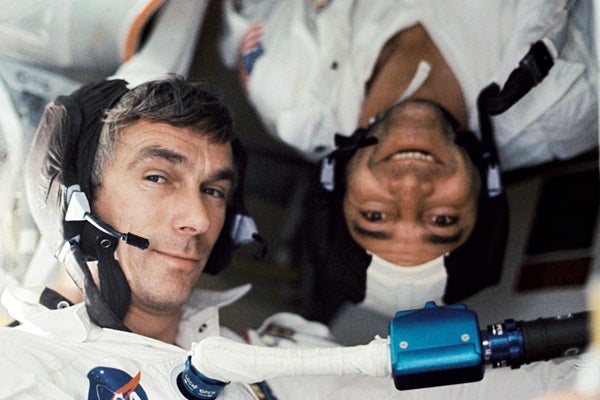Eugene “Gene” Cernan, a Gemini astronaut turned two-time Apollo explorer, has passed away at age 82.
Cernan was first recruited to NASA in 1963 after previously serving in the Navy. In 1966, he flew aboard the Gemini 9A mission with Thomas Stafford, testing out essential technologies that would later be used in Apollo missions, including an abort procedure and an optical rendezvous originally meant to fully test docking equipment, though mission troubles derailed this.
In 1969, Cernan flew aboard Apollo 10, a mission that orbited the Moon. Cernan and Stafford did a Moon landing dress rehearsal, coming within 9 miles (14.4 km) of the Moon’s surface and paving the way for Apollo 11 to complete the landing. John Young was the command module pilot who stayed behind in the main vehicle.
Cernan would later return to the Moon in 1972, commanding the expedition and exploring the lunar surface with Harrison Schmitt as Ronald Evans orbited above. The mission studied the effects of cosmic rays on mice, as well as confirming that they were the cause of light flashes seen by the Apollo astronauts. Schmitt and Cernan returned 250 lbs of material from the surface. He spent 73 hours in total on the Moon.
As he returned to the Lunar Command Module, Cernan said, “[…] as we leave the Moon at Taurus–Littrow, we leave as we came and, God willing, as we shall return, with peace and hope for all mankind. Godspeed the crew of Apollo 17.”
After Apollo 17, Cernan continued working for NASA, serving on the planning team for the Apollo-Soyuz mission that saw an Apollo module rendezvous with a Russian vehicle in cis-Lunar space.
He retired from NASA in 1976, working in the energy industry before becoming an aerospace consultant and ABC news correspondent.
Cernan’s life and career were most recently highlighted in the documentary The Last Man on the Moon.










